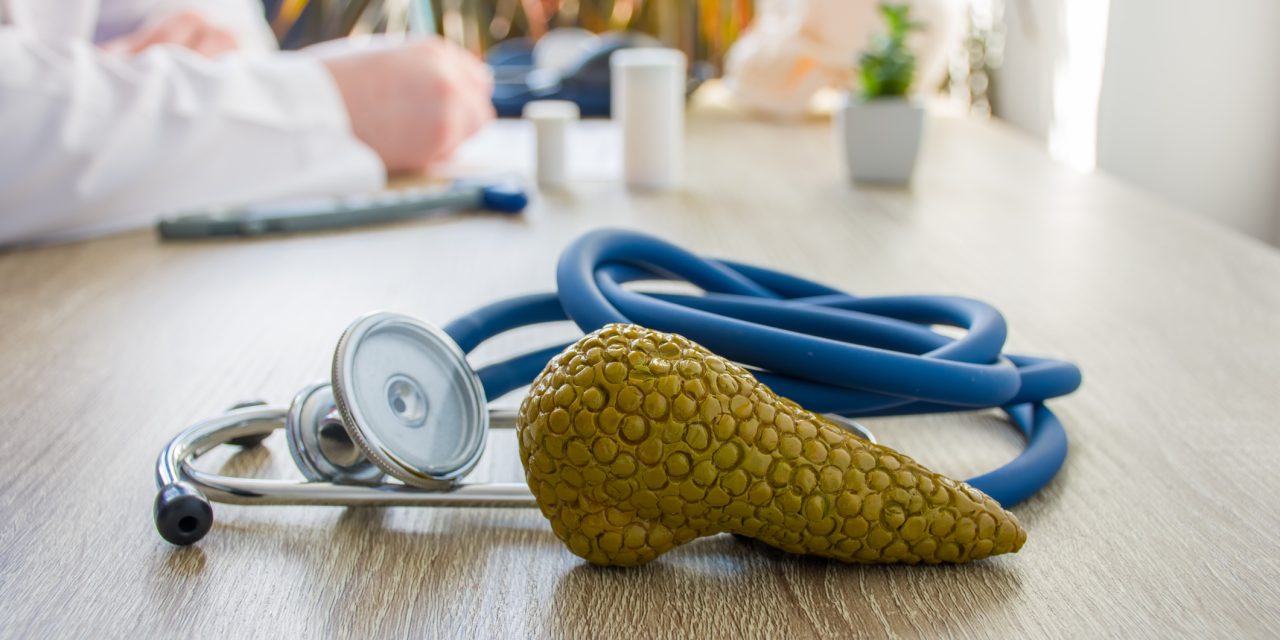A significant reduction in CA 125 postoperative serum levels was observed after risk-reducing salpingo-oophorectomy (RRSO) in BRCA mutation carriers. In contrast to previous studies, where control groups were absent, we conducted a prospective study including also a screening only group (RSSO refusal) and a group having previously undergone RRSO.
Consecutive BRCA1 and BRCA2 mutation carriers, not hysterectomised, >35 years old and with completed childbearing, were recruited. Some women had previously undergone RRSO (previous RRSO group). The others, who had either chosen RRSO (actual RRSO group) or screening only (screening only group), were enrolled (patient-preference trial). A prospective evaluation (basal and 6-month) of CA 125 and CEA (control biomarker) was performed.
The study consisted of 116 women, 44.8% BRCA1 and 55.2% BRCA2 mutation carriers (n = 25 in the previous RRSO group, n = 29 in the actual RRSO group, n = 62 in the screening only group). For all subjects, we observed a 6-month decrease in CA 125 (-7.8%, P = 0.003), which was significantly linked only to endometriosis history (odds ratio 1.4; 95% confidence interval 1.1-1.8; P = 0.002). Between different groups, we recorded a non-significantly different decrease in CA 125. CEA showed a 6 months significant increase (+15.4%, P < 0.0001), which was similar between groups.
The decrease in CA 125 in BRCA mutation carriers after RRSO was only partially associated with surgery, depending also on a physiological decline: this is extremely important in their longitudinal monitoring for the prevention of ovarian cancer.
The reduction of CA 125 serum levels in BRCA 1/2 mutation carriers after risk-reducing salpingo-oophorectomy is only partially associated with surgery: a prospective cohort, other biomarker controlled, study.


